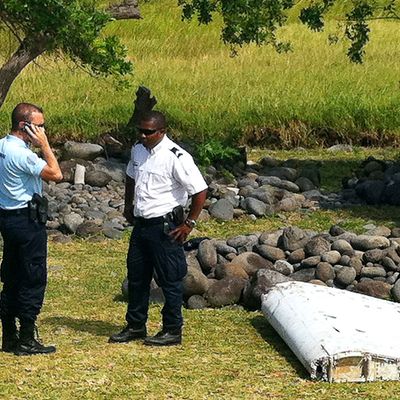
Analysis of a wing flap from Malaysia Airlines Flight 370 has led investigators from the Australian Transport Safety Bureau to determine that the plane was in a “high and increasing rate of descent” when it crashed into the Indian Ocean in 2014. In a report made public Wednesday, investigators argue that the damage to the wing flap indicates that it was not deployed at the time of the crash. That, along with new analysis of the plane’s satellite communications, indicates an abrupt crash into the water rather than a more controlled descent.
Under traditional circumstances, this could be interpreted to mean that no one was at the controls of the Boeing 777 when it crashed into the ocean — but investigators were wary about drawing firm conclusions. “It was probably in a non-extended position, which means the aircraft wasn’t configured for a landing or a ditching,” search director Peter Foley said. “You can draw your own conclusions as to whether that means someone was in control or not.”





























